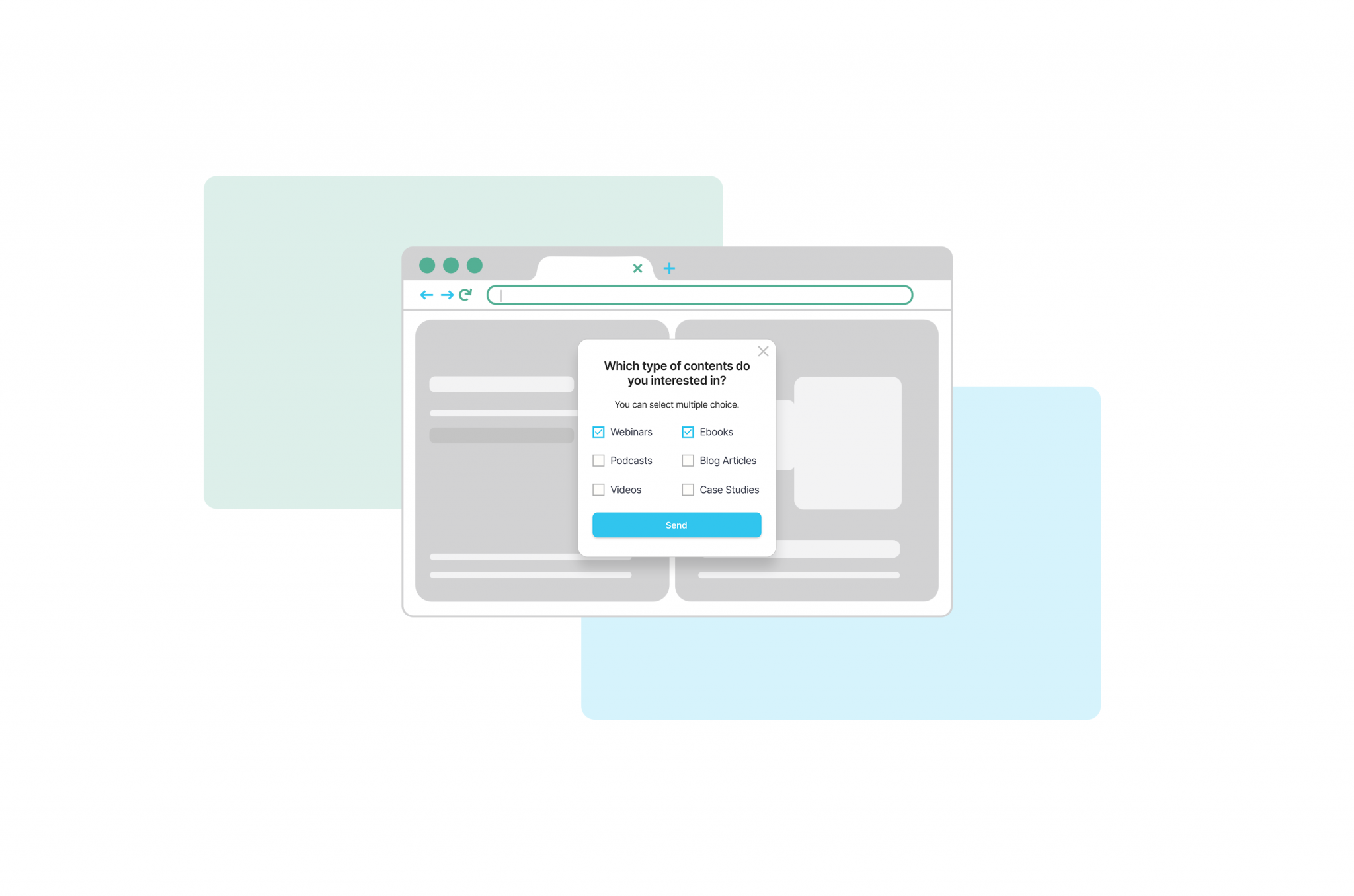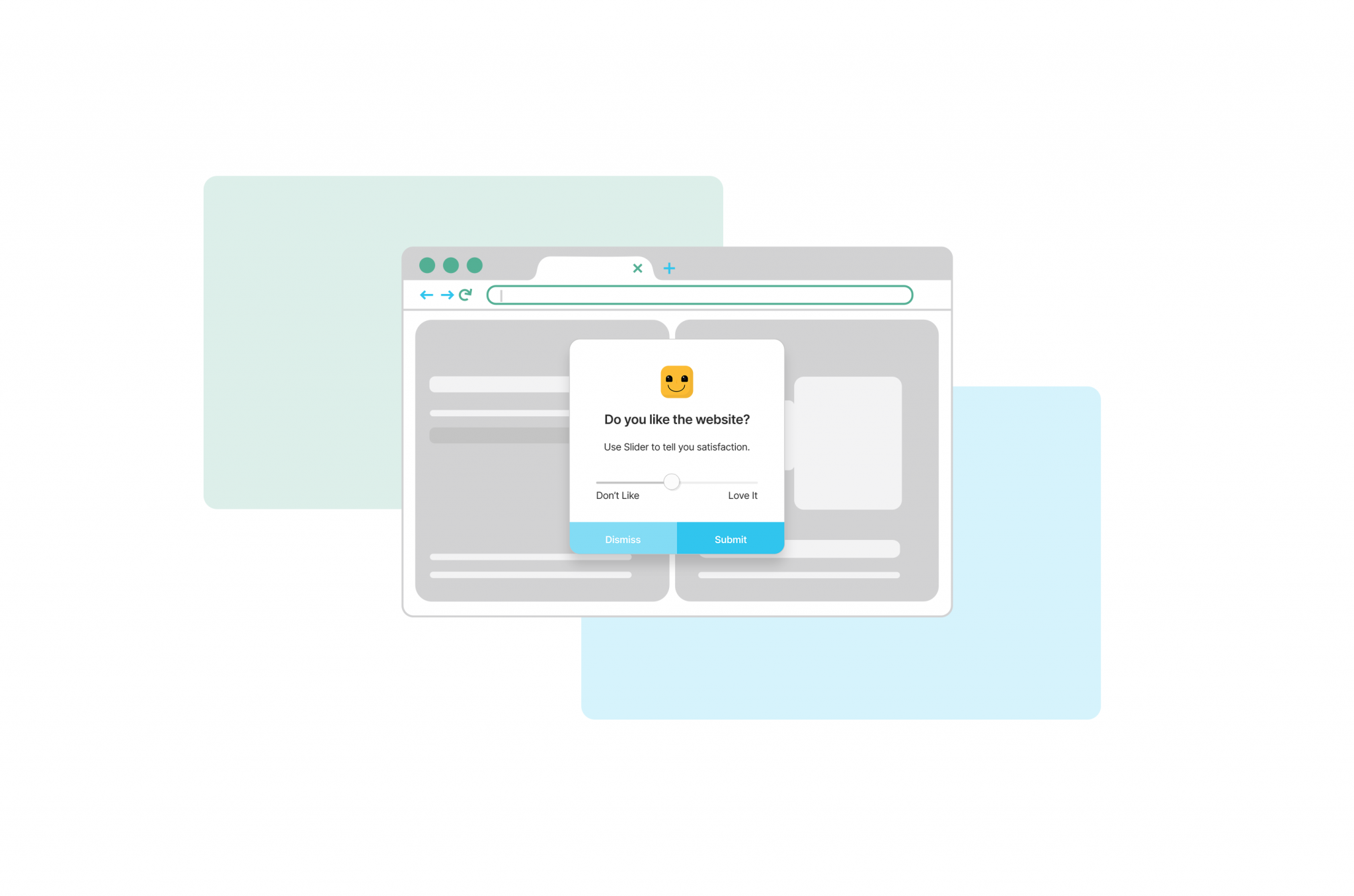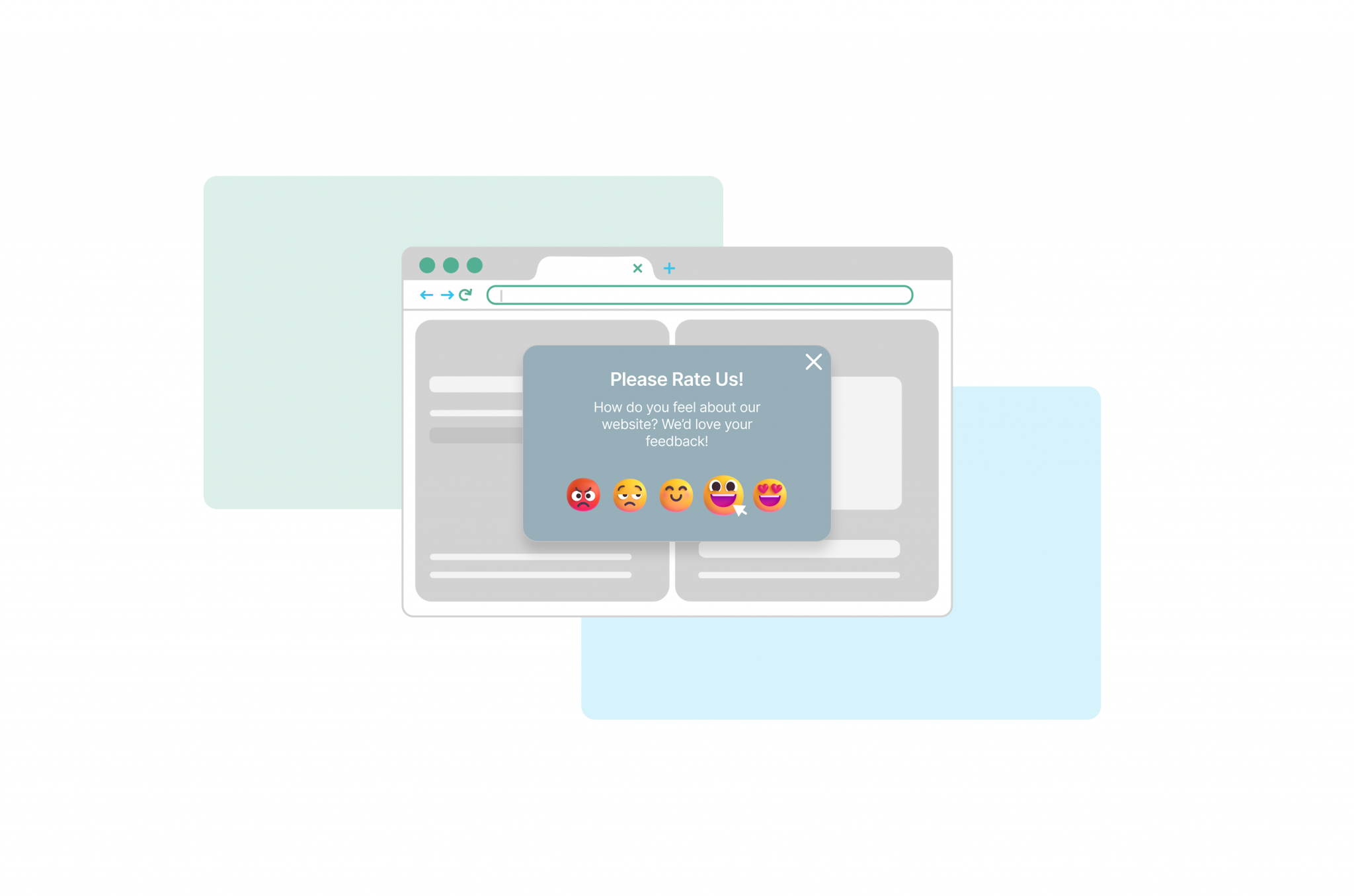
How to Ensure Customer Satisfaction Through Effective Customer Surveys
Feedback is the last stage of the communication process and is important in terms of ensuring customer loyalty. Customer feedback also guides managers’ informed decision-making processes. The customer satisfaction survey is an important business item as a reliable method of collecting feedback.
Retaining customers, that is, creating a loyal customer base, is also effective in achieving success as much as gaining potential customers. At this point, it is necessary to provide a good user experience and meet customer expectations. Although the number of monthly visitors and sales rates provide important data on customer satisfaction, the survey method is a more practical application.
What is a Customer Satisfaction Survey?
Survey studies are among the scientific research methods. Survey questions help generate meaningful data. A customer satisfaction survey offers meaningful data to measure customer satisfaction. This feedback method helps you answer the following questions:
- What do customers think about our company/brand?
- Why do customers choose us?
- What are the customers complaining about and what are they dissatisfied with?
- How successful is our service?
Businesses that want to know what their customers think and want to know the answers to these questions use customer satisfaction surveys. This results in the following:
- Availability of the product or service
- Whether the client will recommend the service/product to anyone else
- Whether the products or services are sufficient to meet consumers’ expectations
- The shortcomings of the products
- Whether the client will recommend the company to others
- Other expectations of customers from the product
- What is the price/performance ratio
A properly created customer satisfaction survey increases the prestige of the business in the sector and enables it to take successful business actions. In order to set up the survey correctly, it is necessary to determine the target audience, make planning, ask optional questions and focus on the purpose.
With an effective customer survey, you will ensure;
- Increase customer loyalty by keeping the customer experience at the highest level,
- Measure customer behavior and purchasing propensity,
- Guide customers to purchase
- Become a lovemark
To create an effective customer survey, you should pay attention to the following points:
- Using a reward system such as a discount coupon or raffle
- Using plain language appropriate for the target audience
- Using a thank you letter at the end of the survey
- Giving information about personal privacy and informing that it will not be shared with third parties
Types of Customer Surveys
There are different customer surveys organized in order to increase customer satisfaction by receiving customer feedback. We listed the most effective customer surveys accepted worldwide below.
Customer Satisfaction (CSAT)
Customer Satisfaction (CSAT) is a measurement of short-term customer satisfaction with a product or service. CSAT is generally measured using a simple survey with a single question. These types of question patterns are generally used to measure CSAT:
- Did you enjoy your shopping experience?
- How would you rate the support you received?
- How would you rate your overall satisfaction with the product/service you had?
Net Promoter Score (NPS)
Net Promoter Score (NPS) is a customer loyalty and satisfaction measurement obtained from asking clients how possibly they’re to recommend your services or products to others on a scale of 0-10. An NPS survey allows you to measure customer satisfaction and customer loyalty and helps you understand how satisfied customers are with your product or service. An NPS score lets you know where you stand in the market relative to your competitors.
Customer Effort Score (CES)
Customer Effort Score (CES) is a metric derived from a consumer pride survey that measures a product or service’s ease of use to customers. A customer effort score displays the quantity of attempt a consumer needed to exert to apply a product or service, receive the information or guide they needed, or get a difficulty resolved. It includes questions that ask customers to rate the ease of use of services or products. The scale generally has options from “very difficult” to “very easy”.
Milestone Surveys
Milestone surveys are questionnaires sent out at key moments in the customer journey to better understand the user experience. A milestone can either be time-based (e.g., sending a survey 60-days after signup) or experience-based (e.g., sending after onboarding is complete).
How to Create Efficient Customer Surveys with Netmera Widget Design Tool
Netmera offers various options for you to create effective customer surveys through its easy-to-use widget design tools.
Multiple Choices
In multiple-choice questions, there is a limited number of answers a respondent can give. The results are easy to tabulate, and you’re more likely to get a response from a user because these kinds of questions require less effort to answer than open-ended ones. Multiple-choice questions include rating scale questions, binary scale questions, nominal questions, Likert scale questions, and semantic differential questions and such.

Rating Sliders
Rating scale questions offer a range of multiple-choice answers that map onto a numeric scale, such as rating customer support on a scale of 1-5 or stating the likelihood of recommending a product on a scale of 0 to 10 (NPS question).

Feedback with Emojis
It is a feedback collection technique that uses emojis (or emoticons). Users have to select a relevant emoji to share their feedback on a product or service instead of filing a survey. They choose emojis that express different reactions such as angry, happy, or sad to your simple questions such as “How do you feel after your journey?”, or “Did you enjoy your shopping experience?”.

Open Ended Questions
Open-ended questions are when the customer is not bound by limits but is instead allowed to give an answer of any length or topic. Therefore, queries that can be counted are often blank spaces on the feedback form and include no hints to what the customer should put other than the initial question. Asking open-ended survey questions can get you that valuable qualitative data.

